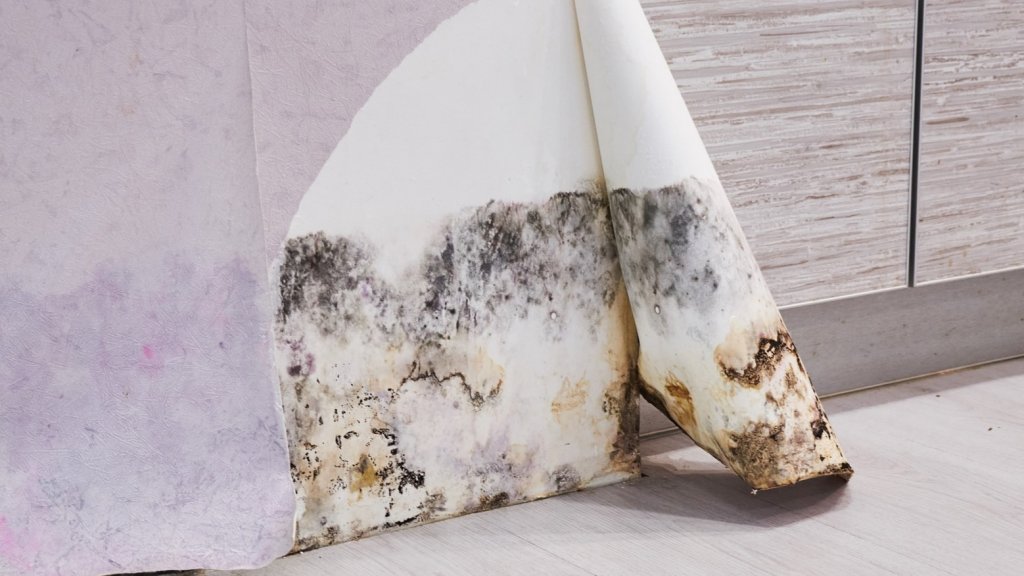Mould could be hiding under your wallpaper and may trigger health issues or damage property structure if left to fester and spread. The organic and synthetic materials act as a food source for mould to feed off, and over time, it will eventually eat through it and disrupt your home’s aesthetic.
For mould remediation solutions, ICE Cleaning can step in, and assist to get the problem under control and eliminate it from your home. Utilising advanced technology and solutions, its technicians can effectively find the root cause of it and prevent its return in the future.
Read on to learn more about mould and why it might grow behind your wallpaper.
The Hidden Threat: Mould Behind Wallpaper
Although mould behind your wallpaper hides out of sight, it poses real threats to our health and homes. Unbeknownst to many homeowners, it uses this element of wallpaper to cause unseen damage.
If you have decided to redecorate your walls and discover a patch of mould, you could be exposing yourself to harmful spores. Prolonged contact with mould spores may result in various health issues, ranging from allergies to respiratory troubles.
When moisture gets trapped between wallpaper and wall surface, it slowly erodes the integrity of your walls, making them weaker over time and posing structural dangers.
Common Causes of Mould Behind Wallpaper
Conditions that favour mould growth include warmth and moistness, making areas with limited air movement a popular target for spores to thrive. Wallpaper can trap humid air against walls leading to condensation build-up, which offers ideal conditions for mould growth.
A leaking pipe hidden within a wall might also lead to damp patches providing ground for mould spores to flourish. Studies have shown how persistent these fungi can be when they find a moist spot.
Another surprising reason for mould behind wallpaper is poorly executed DIY projects. The combination of residual adhesive and trapped moisture can quickly become a perfect environment for mould.
An inefficient ventilation system contributes by failing to remove excess humidity from rooms, especially bathrooms or kitchens, where water and steam are often present.
Preventing Mould Behind Wallpaper
In order to prevent mould behind wallpaper, you should ensure your walls are bone dry before applying any wallpaper. This is often overlooked and is crucial in preventing mould growth.
To check if your wall is dry after a recent damp problem, consider using a moisture meter. You can also treat your walls with an anti-mould solution prior to hanging new paper, or use anti-mould paint instead of wallpaper.
If you are decorating an area with high humidity, like bathrooms or kitchens, use specialist wallpapers designed for these environments. These wallpapers resist moisture better than standard ones and reduce the chances of mould developing. Poor ventilation invites mould, so increase airflow around your home by opening windows regularly and installing extractor fans in bathrooms and kitchens.
A dehumidifier can also reduce indoor humidity levels, which helps keep mould at bay. It is useful during winter when condensation becomes more prevalent due to heated interiors meeting cold exterior surfaces on walls.
If these solutions have failed to prevent mould, you can rely on the professionals at ICE Cleaning to step in and take charge. Its experts operate nationwide 24/7 and offer emergency services to those looking to fix an issue immediately.
To learn more about ICE Cleaning, you can visit their website and speak to a member of their team today.

